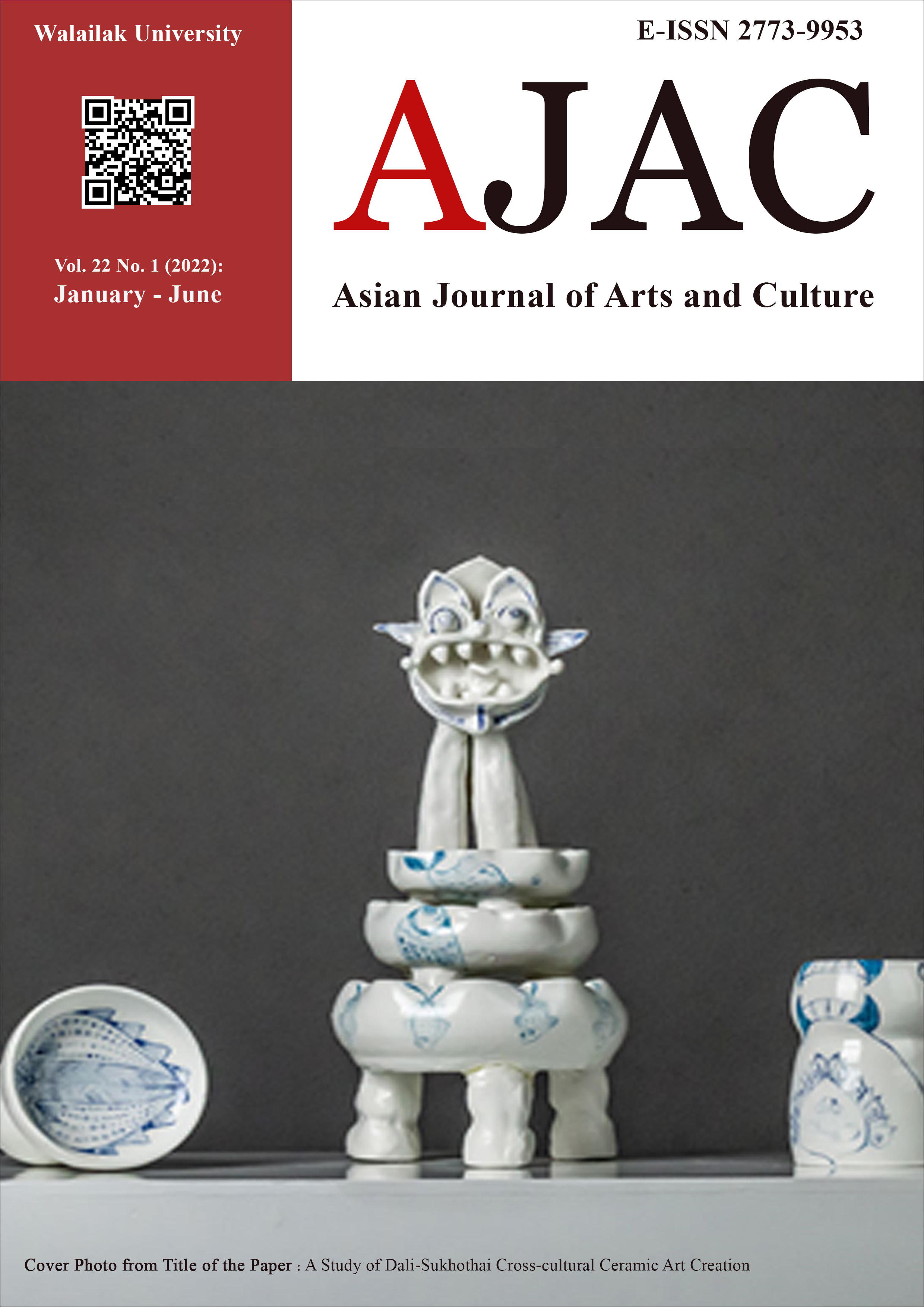Muslims in Koh Yao Noi: Different Perspectives on Tombs (Qubur)
Main Article Content
Abstract
This article is part of the study entitled with an aim to study the meaning creation of the history and background of the Muslims in Koh Yao Noi. Research papers and the field using techniques. The research method in ethnographic cultural anthropology for 6 months was based on five data collection processes. Documentary Research, Informal Interview, In-depth Interview, Participant Observation, and Focus Group, analytic induction was used and the analysis was done by typological analysis.
The results of the study of the tomb guard rites revealed that the rituals evolved from gift the reward of good deeds to the deceased person, not Tawassul. The tombs guard rites as a consequence of the controversy over the dedication of merits to the dead. The Salafi group considers unable to act. Because there is no evidence from the text to support and adhere to the viewpoint of the ancestor's scholars (Salaf). The Sufi group from the Santisuk Pondok Institute and most villagers think that able to do. Because of deductive reasoning (Qiyas), It’s considered the tradition of the ancestors, and it is adhering to the resolutions of later scholars (Khalaf). However, despite differing opinions, this did not lead to serious conflicts. because both groups still maintain their identity each party tries to avoid mentioning such issues.
Article Details

This work is licensed under a Creative Commons Attribution-NonCommercial-NoDerivatives 4.0 International License.
© 2018 by Asian Journal of Arts and Culture, Walailak University. All rights reserved.
References
Abi Muaz Dhafir Ibn Hasan, (2005). Al-Binat fi Hukmi Ihda’a Dhawabi Al-A’mali Li-Umwati. Macca, Saudi Arabia: Dar Taybah Al-Khadara’a.
Bilqies, S. (2014). Understanding the Concept of Islamic Sufism. Journal of Education & Social Policy, 1(1), 55-72.
Chantavanich, S. (2004). Qualitative research. Bangkok, Thailand: Chulalongkorn University Press.
Green, C., A., (2009). The khawaarij and the creed of takfeer : declaring a Muslim to be an apostate and its effects upon modern day Islamic movements. (Master’s Thesis, University of South Africa, South Africa)
Muhammad Nur, F. (2011). Konsep Tawassul dalam islam. Journal Substantia, 13(2), 267-273.
Nakkaban, N. (2007). Strategic plan for community based tourism development of Koh Yao Noi, Phangnga province. (Master’s Thesis, University of Chulalongkorn University, Thailand).
Reowiriyawong, N. (2014). Beliefs about charity donations for the deceased Muslims in Prawet Bangkok. Journal of the Historical Assembly, 6(6), 15-33.
Tonaga Y. (2006). Sufism in the Past and Present: Based on the Three-axis Framework of Sufism. Annals of Japan Association for Middle East Studies, 21(2), 7–21.
Zarabozo, J.,A.,M., (2005). The Life, Teachings and Influence of Muhammad ibn Abdul-Wahhaab. Riyadh: The Ministry of Islamic Affairs, Endowments, Dawah and Guidance The Kingdom of Saudi Arabia.
Zargar, C. (2017). Origins of Wahhabism from Hanbali Fiqh. UCLA Journal of Islamic and Near Eastern Law, 16(1), 68-111.
Interview
Mr. Dean (Pseudonym). (2020, October 20) Personal communication [personal interview]
Mr. Mut (Pseudonym). (2020,October 21) Personal communication [personal interview]
Mr. Min (Pseudonym). (2020, October 22) Personal communication [personal interview]


